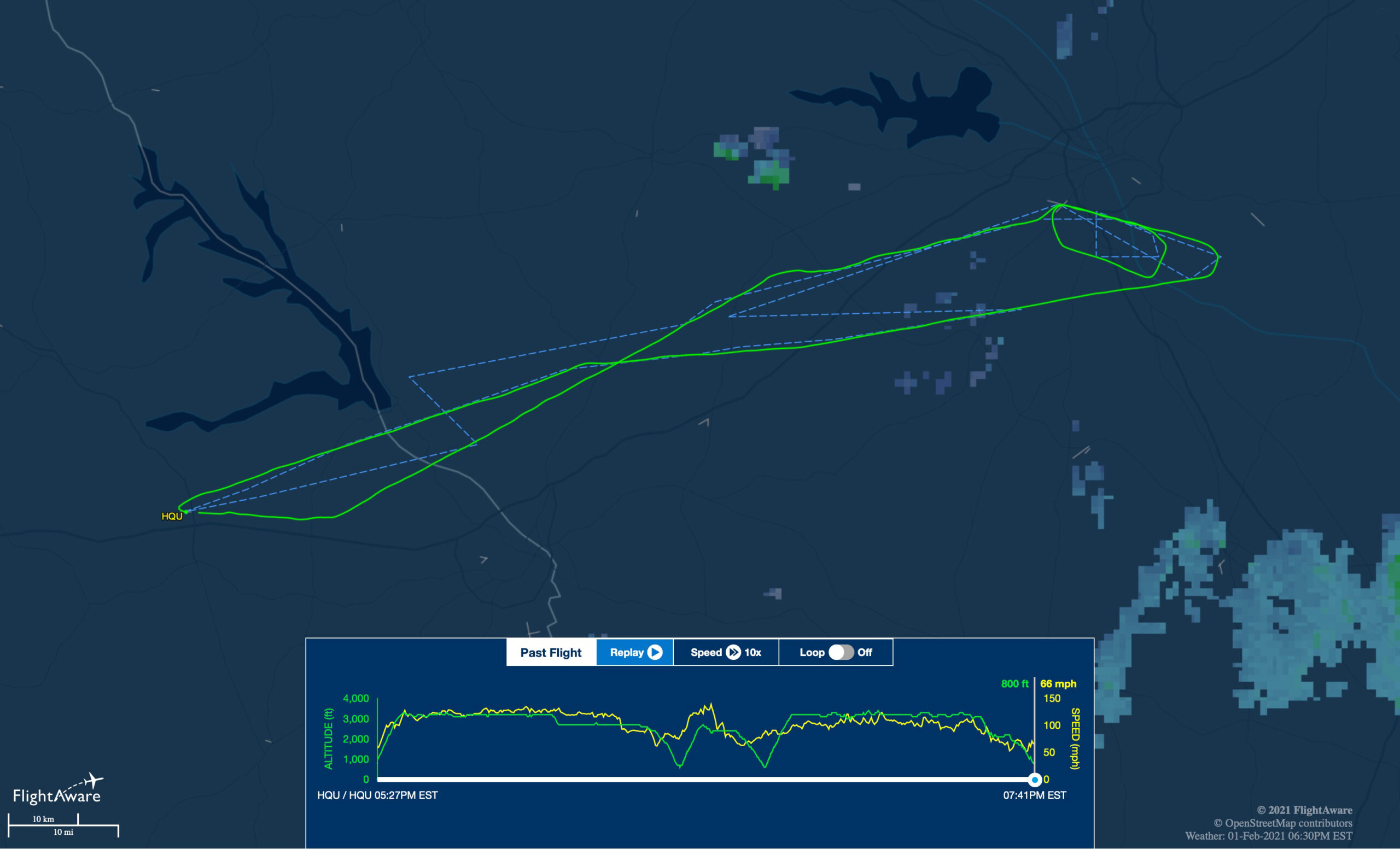Initial Pilot Certificates
Private Pilot – Federal Aviation Regulation 61.109 defines the aeronautical experience requirements for a Private Pilot – minimum of 40 hours of experience, but average is 65-80. See paragraph A. The Airman Certification Standard details the knowledge and skills required – print just the “Airplane Single Engine Land” portions.
Sport Pilot – Federal Aviation Regulation 61.309 defines the aeronautical experience requirements for a Sport Pilot – minimum of 20 hours of experience, but average is about twice that. The Practical Test Standards detail the knowledge and skills required – print just the “Airplane Single Engine Land” portions.
The Minimum Library
The path to your first or next checkride is well defined by the FAA. Here’s what you need to buy, print, download, etc to get started building your study materials. I have some advice on how to use them, too.
Air Space
Air Space is important, and there’s a lot of straight forward memorization. The FAA Safety page has a nice summary PDF worth printing and putting in a binder. When studying, I suggest looking for patterns. “They are all ‘3 152s’ except…” And the exceptions all make sense!
Rod Machado has a useful graphic. I memorized how to draw it, then as soon as I sat down for the knowledge test (‘written’) I sketched out the triangle to be my own reference for the test. I’m not great at rote memorization, so this really helped. Print this for your student pilot binder. Rod has a good video on YouTube explaining this as well.
Instrument Flying / View Limiting Device (‘Hood’)
What you use is your choice. I happen to like/use this one. The owner of the company offer to send me some and let me sell them, but I’ll just refer people to the site!
Summary Cheat Sheet
As you build your study materials, this Private Pilot Cheat Sheet is very good. Be sure to work backward from it to highlight the important bits in your primary documents. Expect for the Private Pilot-specific content, much of this summary is useful for Sport Pilots too.
I instruct Light Sport, ASEL, AMEL, and IFR at Spirit Aviation in Thomson, GA (KHQU) and gliders with the Mid-Georgia Soaring Association in Monroe, GA (D73).
